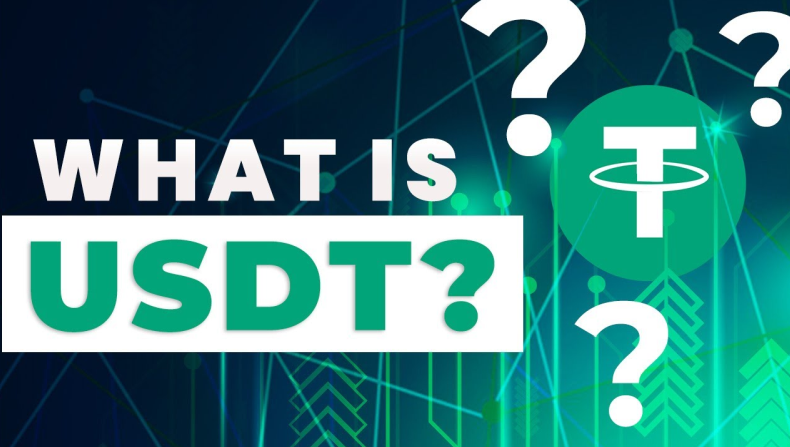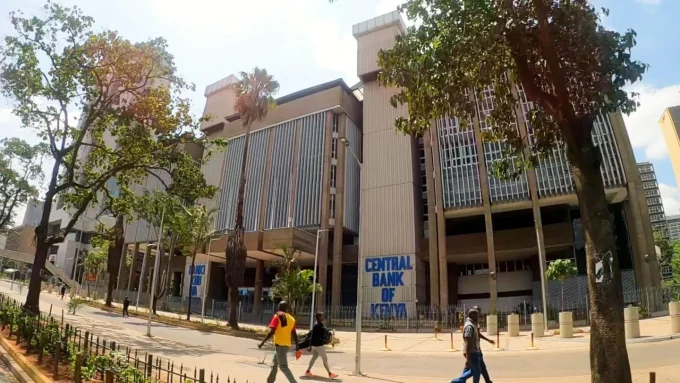The first time I was eager to learn about USDT was a couple of weeks ago when famous Kenyan rapper King Kaka tweeted about a kill he had made in a bet – it was in USDT.
“9600 USDT. Asante (Thank you!) Real Madrid,” he wrote on X on May 9.
Not that I envied him, because of the fact that Real Madrid had more than 2.00 odds in that Champions League game against Bayern Munich and being a gambler, sometimes, most times, almost obviously, knew that Real Madrid was going to win deep down, but just wanted to understand the concepts of USDT.
I had seen it numerous times on cryptocurrency platforms, especially Worldcoin, which I had signed up for and used before the government did away with it. So, what is USDT?
The USDT is a collateral-backed stable cryptocurrency created by Tether Limited to facilitate the use of fiat currencies in a digital manner.
With that in mind, USDT is backed by the US dollar to maintain a near-consistent value. That is why it is referred to as a stablecoin, meaning a cryptocurrency token with a stable price achieved by pegging a token to an asset, which in this case is the USDT/USD.
USDT is pegged or tied against the US. Dollar at a 1:1 ratio and 1 USDT equals 1.00 USD though its real exchange value at the live market may be about -0.03%, less or more, against the exchange rate to USD;
For instance, today, 1 USDT yielded Ksh130.47 when converted to Kenyan shillings, but I USD was Ksh130.50, a difference of 0.03 cents.
Because of their stability, stablecoins can be used as a store of value, as a trading asset, and as a medium of exchange for payments and online transactions.
Before USDT became USDT in November 2014, Tether had launched as RealCoin in July 2014.
USDT is now among the top ten stablecoins in the world after achieving a record market cap of $111 billion as of May 29, boosting its dominance in the stablecoin industry to 69.3%.
> 5 Things to Consider When Building Your Crypto Portfolio













Leave a comment